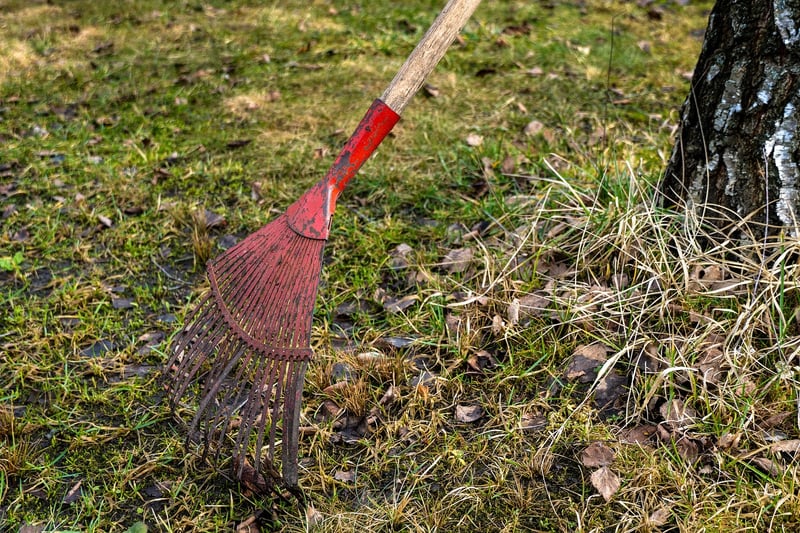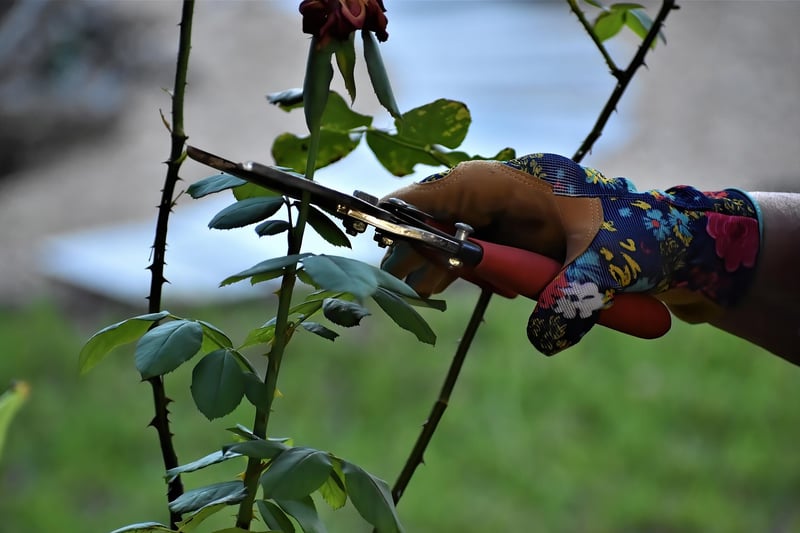Pruning Guide
Keep Your Garden Thriving: A Pruning Guide

Having a garden is a rewarding experience, but it requires regular maintenance to keep it thriving. One essential task for garden upkeep is pruning. Pruning is the process of selectively removing certain parts of a plant to promote healthy growth and shape. In this guide, we will explore the importance of pruning and provide tips for effectively pruning your garden plants.
Why Pruning is Important
Pruning plays a crucial role in the overall health and appearance of your garden. By removing dead or overgrown branches, you can improve the plant's structure, encourage new growth, and increase flower and fruit production. Additionally, pruning helps prevent disease by allowing better air circulation and sunlight penetration throughout the plant.
Pruning Tips for a Thriving Garden
- Use sharp, clean tools: Ensure your pruning shears or scissors are sharp and sanitized to make clean cuts that promote faster healing.
- Identify the right time: Different plants require pruning at specific times of the year. Research the best time to prune each type of plant in your garden.
- Remove dead or diseased branches: Trim away any dead, damaged, or diseased branches to prevent the spread of infection.
- Prune for shape and growth: Trim back overgrown branches to maintain the plant's shape and encourage new growth in the desired direction.
- Step back and assess: Take a step back periodically while pruning to evaluate the plant's overall appearance and symmetry.
Conclusion
Pruning is an essential practice for maintaining a healthy and thriving garden. By following the tips outlined in this guide, you can effectively prune your plants to promote growth, improve structure, and prevent disease. Remember to approach pruning with care and precision to ensure the best results for your garden.
Happy gardening!
